Planning a party for your energetic and enthusiastic 3-year-old can be an exciting but challenging task.
When it comes to keeping a group of toddlers entertained indoors, it’s essential to have a lineup of engaging activities and games up your sleeve.
That’s why we’ve curated a list of fun party games for 3 year olds to captivate the hearts and minds of these young adventurers.
Indoor parties offer a safe and controlled environment where little ones can explore, learn, and most importantly, have a blast with their friends.
Get ready to embark on an adventure of epic proportions, filled with laughter, giggles, and endless joy!
Musical Chairs:

A classic game loved by kids of all ages, Musical Chairs never fails to bring laughter and excitement to any party. Set up a circle of chairs, one less than the number of participants, and play some lively music. As the music plays, the children walk or dance around the chairs. When the music stops, they scramble to sit on a vacant chair. The child left standing is out, and a chair is removed for the next round. The game continues until there’s only one child left sitting. The anticipation, quick movements, and friendly competition make this game a hit among 3-year-olds, fostering their listening skills, coordination, and social interaction.
Balloon Pop:

What better way to infuse a burst of fun into a party than with a balloon pop game? Blow up several colorful balloons and scatter them across the room. Divide the children into pairs or small teams and provide them with a fly swatter or a soft paddle. The objective is simple: pop as many balloons as possible within a specified time. The little ones will enjoy the excitement of chasing balloons and the satisfaction of hearing them burst. Ensure adult supervision to ensure safety and prevent choking hazards. This game encourages hand-eye coordination, gross motor skills, and teamwork.
Related: 20 Exciting Preschool Activities for Veterans Day
Bean Bag Toss:
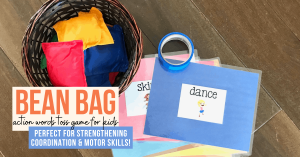
Bean bag toss is a delightful game that combines skill and enjoyment. Create a target area using a large cardboard box or a colorful fabric backdrop with various-sized holes cut into it. Assign different point values to each hole, with the smaller holes having higher values. Give each child three bean bags and have them take turns throwing them into the holes. The aim is to accumulate as many points as possible. This game enhances hand-eye coordination, fine motor skills, and concentration. It’s a wonderful way for young children to develop their throwing abilities while having a great time.
Simon Says:
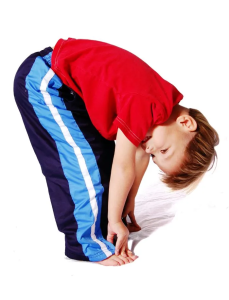
Simon Says is a timeless game that never loses its appeal, especially for 3-year-olds. Designate one person as “Simon” who will give commands to the rest of the children. For example, “Simon says touch your nose” or “Simon says hop on one foot.” The twist is that the children should only follow the command if it starts with “Simon says.” If Simon gives a command without saying “Simon says” and a child follows it, they are out of the game. The last child remaining becomes the new Simon. This game encourages listening skills, body awareness, and following instructions while promoting a sense of fun and camaraderie.
Related: 20 Easy Stem Activities With Paper
Bowling:
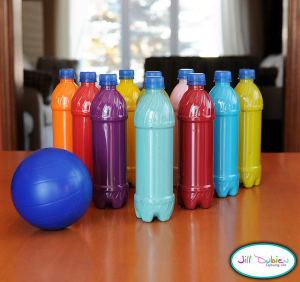
Transform your living room into a mini-bowling alley with this fantastic game idea. Set up empty plastic bottles or colorful plastic pins at the end of a long hallway or a designated space. Give the children a softball or a lightweight foam bowling set. Let them take turns rolling the ball and attempting to knock down as many pins as possible. Adjust the distance according to the age and ability of the children to ensure their success. Bowling improves gross motor skills, hand-eye coordination, and patience, all while providing a thrilling and engaging experience for the young ones.
Freeze Dance:
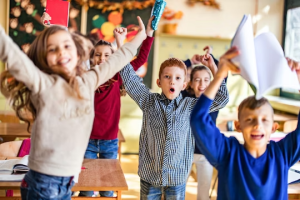
Get the little ones grooving and giggling with the lively game of Freeze Dance. Play some upbeat music and encourage the children to dance freely. When the music suddenly stops, they must freeze in their current position. Anyone caught moving after the music stops is out of the round. Keep playing until only one dancer remains. This game not only promotes physical activity but also enhances listening skills, self-control, and body awareness.
Hide and Seek:
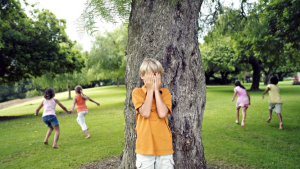
Hide and Seek is a timeless favorite that never fails to captivate young children. Choose a designated seeker who will count to a certain number while the others hide. Once the seeker finishes counting, they begin searching for their hidden friends. The excitement builds as the seeker gets closer to finding the hidden players. Rotate roles to ensure everyone has a chance to seek and hide. This game enhances cognitive skills, spatial awareness, and social interaction among the little participants.
Sensory Box Exploration:
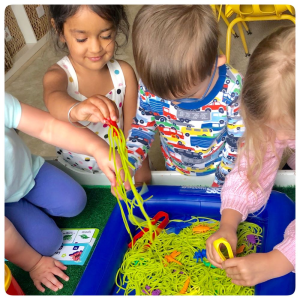
Create a sensory box filled with various materials and objects for the 3-year-olds to explore. Use a large container and fill it with items such as colored rice, textured fabrics, small toys, and safe household objects. Let the children take turns reaching into the box and discovering what they find. Encourage them to describe the textures, colors, and shapes they encounter. This activity promotes sensory development, fine motor skills, and language development as they engage their senses and expand their vocabulary.
Duck, Duck, Goose:
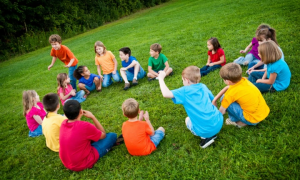
Another classic game that brings endless joy is Duck, Duck, and Goose. Have the children sit in a circle, and one child goes around tapping each child on the head, saying “duck” each time. When they choose a child to be the “goose,” that child must chase the tapper around the circle. If the tapper makes it back to the goose’s spot without being tagged, the goose becomes the new tapper. This game encourages social interaction, physical activity, and anticipation as children eagerly await their turn to be chosen as the “goose.”
Puppet Show:
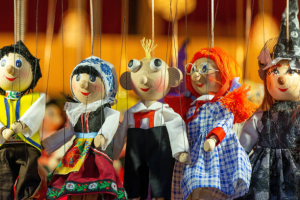
Let the children’s creativity shine with a puppet show activity. Set up a small puppet theater using a large box or a table draped with a colorful cloth. Provide a variety of puppets, including finger puppets and hand puppets, as well as props and costumes. Encourage the children to create their own stories and perform for each other. This activity fosters imagination, storytelling skills, and self-expression. It’s a wonderful opportunity for young minds to dive into the world of make-believe and showcase their theatrical talents.
Bubble Wrap Stomp:
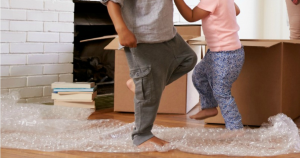
Transform the floor into a delightful sensory experience with Bubble Wrap Stomp. Lay out a sheet of bubble wrap on a large open area and let the children take off their shoes. Encourage them to stomp, jump, and dance on the bubble wrap, enjoying the satisfying sound of popping bubbles. This activity not only provides sensory stimulation but also promotes gross motor skills, balance, and coordination.
Paper Plate Toss:
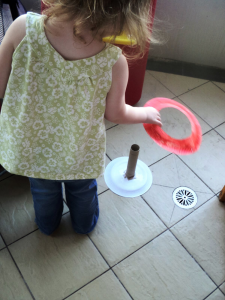
Turn ordinary paper plates into a fun tossing game. Set up a target area, such as a laundry basket or a hoop, a few feet away from the children. Have them stand behind a designated line and take turns throwing paper plates toward the target. Award points for successfully landing the plates inside the target. This game improves hand-eye coordination, throwing accuracy, and counting skills. Adjust the difficulty level based on the age and abilities of the children.
Treasure Hunt:
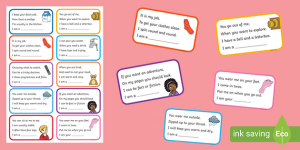
Ignite the spirit of adventure with an indoor treasure hunt. Create a series of clues or simple riddles that lead the children from one location to another, ultimately guiding them to the hidden treasure. Use age-appropriate clues and hide the treasure, such as a small treat or a special toy, in a clever spot. The thrill of following clues, solving puzzles, and discovering the treasure will keep the children engaged and entertained. Treasure hunts encourage problem-solving, critical thinking, and teamwork.
Animal Charades:
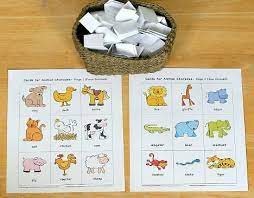
Bring out the animal kingdom and laughter with a game of Animal Charades. Write down different animal names on small pieces of paper and place them in a bowl. One child picks a paper and without showing it to others, acts out the animal silently. The rest of the children try to guess the animal within a time limit. Encourage the use of gestures, sounds, and movements to convey the animal. This game enhances communication skills, creativity, and imagination while providing plenty of laughter and entertainment.
DIY Art Station:

Set up a DIY art station where children can unleash their creativity and artistic flair. Provide a variety of art supplies such as washable paints, crayons, markers, and stickers. Lay out large sheets of paper or individual canvases for the children to create their masterpieces. Encourage them to explore colors, shapes, and textures while expressing themselves through art. This activity promotes fine motor skills, self-expression, and confidence in their artistic abilities.
Hot Potato:
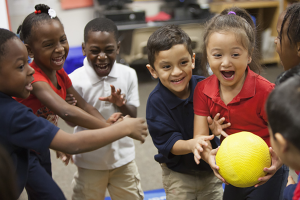
Get ready for some high-energy fun with the classic game of Hot Potato. Gather the children in a circle and play some lively music. Hand them a soft object like a beanbag or stuffed toy, and instruct them to pass it around the circle as quickly as possible. When the music stops, the child holding the “hot potato” is out for that round. Remove one player each time and continue until only one child remains. This game promotes motor skills, coordination, and the ability to react quickly.
Shape Scavenger Hunt:
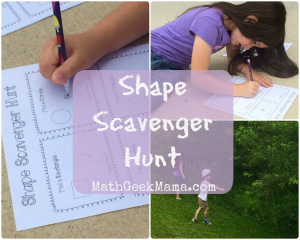
Engage the little ones in a learning adventure with a Shape Scavenger Hunt. Cut out different shapes from colored paper or use shape cards. Hide them around the party area and provide the children with a list of shapes they need to find. Encourage them to search for the hidden shapes and match them to the corresponding shape on their list. This game promotes shape recognition, problem-solving, and observation skills while adding an element of excitement to the party.
Bubble Blowing Contest:
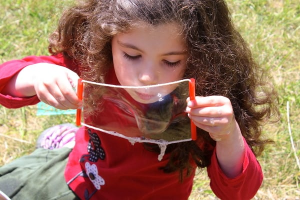
Bring on the bubbly fun with a Bubble Blowing Contest. Set up stations with bubble solution and bubble wands of various sizes. Have the children take turns blowing the biggest, longest-lasting, or most creative bubbles. Provide prizes or certificates for different categories, such as “Best Bubble Blower” or “Most Colorful Bubble.” This game encourages hand-eye coordination, breath control, and a sense of wonder as they create beautiful floating bubbles.
Dress-Up Relay Race:
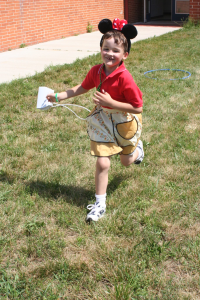
Combine the excitement of a relay race with the magic of dress-up in a Dress-Up Relay Race. Divide the children into teams and set up a start and finish line. Place a box of dress-up items, such as hats, scarves, and oversized clothes, at the start line for each team. When the race begins, the first child from each team races to the box, puts on one or more dress-up items, and runs back to tag the next teammate. The relay continues until each child has completed the race. This game promotes teamwork, coordination, and gross motor skills, all while adding a dash of imagination and silliness.
Memory Game:
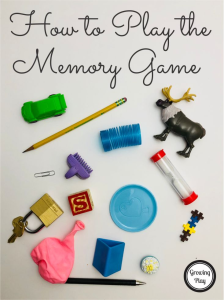
Test the children’s memory skills with a fun and engaging Memory Game. Place a selection of small objects on a tray and let the children observe them for a brief time, around 30 seconds. Then cover the tray and remove one object. The children must guess which object is missing. Increase the difficulty by removing multiple objects or adding more items to the tray. This game enhances memory retention, focus, and concentration while providing an enjoyable challenge for young party-goers.


